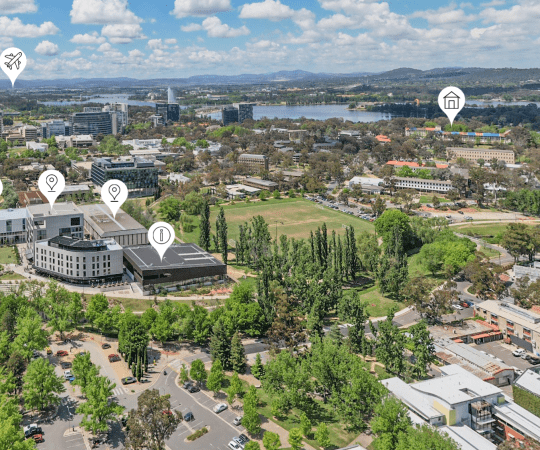
It seems the University of California has joined an exclusive club. Not by choice and probably unwittingly.
Previous well-known members include British Airways and Gap – organisations that have attracted unexpected attention (or a backlash) because they changed something within their brand.
In the case of British Airways, a major overhaul of their aircraft in 1997 saw the Union Jack flag on the tailfins replaced with artwork designed by international artists, to gain a more global look. It was costly and attracted unwanted criticism from the public and even the then Prime Minister, Margret Thatcher, was very outspoken about the lack of Britishness the aircraft now had. By 2001, the new Chief Executive announced the entire fleet would be re-painted to only feature the Union flag swoosh (originally seen on the Concord aircraft when the idea was unveiled in 1997). It seemed a combination of peer pressure and quick-thinking by Virgin (one of BA’s competitor’s) forced the eventual change.
Gap introduced the world to a new logo in 2010. As a fashion brand, being at the forefront and making a clear statement are high on the agenda so the attempted ‘more contemporary’ look used a solid sans serif font and placed more visual emphasis of the organisation’s name by minimisingw the blue box. It attracted such a negative response the new logo lasted a week – the company had to make an awkward backtrack, publically stating they “did not go about this in the right way”.
So onto the University of California, the newest member of the club (above right). Am sure you’ve heard about it – if not, it’s pretty much the same story. Presumably to bring them into the 21st century, the senior vice president for external relations states the new UC brand elements were developed in-house (it’s not clear if that included the logo). However the new logo was ditched (after no more than 12 months in operation) because of very strong negative opinion and mounting peer pressure from a social media campaign. Unsurprisingly the old logo’s popularity skyrocketed prompting the opinion (and backlash) why change it when it perfectly captured what the university stood for (above left).
Maybe the University of California Office of the President should have read-up on the debacle BA or Gap created for themselves by backtracking.
Should they have foreseen and pre-empted what was about to happen? Why did they bow to pressure from a comparatively small number of people who were venting their displeasure? How many of these people were involved in the initial design process and how many just jumped on the band wagon?
Regardless of whether the logo is good or bad, it’s disappointing to hear that someone was engaged in a professional manner (presumably for their creative expertise) to undertake the work only for it then to be dismissed (presumably by the same decision-makers) because of a negative reaction.
What happens between client and creative will always be subject to a response of some kind (it’s part of the creative world) but if buy-in had been gained from the UC board, they too had a responsibility to defend something they had approved, regardless of the amount of backlash.
It’s unknown how the finished identity was developed – was a thorough design process undertaken (which included market testing) or was it a stab in the dark based purely on aesthetics and opinion? One thing is clear – if a brand is supported by solid foundations that are based on fact, a meaningful solution is more likely and any criticism is easier to deflect.
So, where to now for the University of California? They’ve been forced to back down once for trying to look different, would they attempt it again or play it safe and maybe just tweak the original logo?
Will it be ‘design by committee’ so everyone can have a say or will it be judged by social media again?
Let’s hope this doesn’t put off other Universities from undergoing a rebrand with conviction and with the aim of producing something that makes them stand out from the crowd. It probably won’t, too many people are looking to become leaders, not followers.
The University of California states on their website: “It Starts Here: UC at the Frontier”. Based on this, they are nowhere near!









Submit a Comment